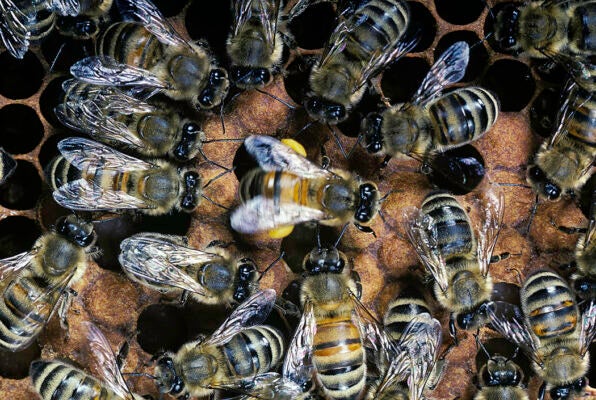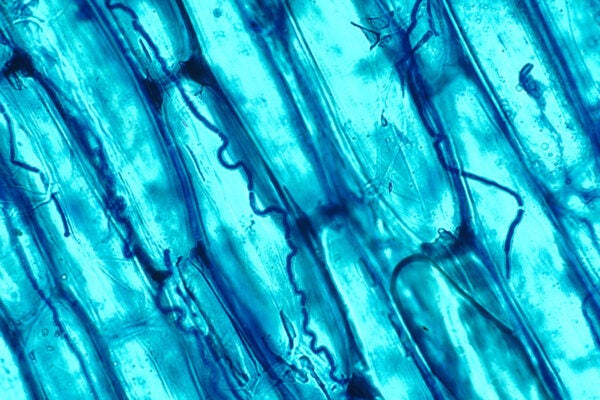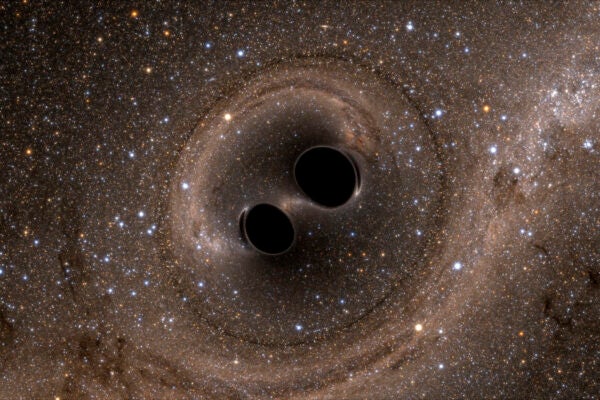A Practical Machine: The Wright Brothers in Dayton
Orville and Wilbur Wright wanted to create a practical machine—not a novelty or a gimmick—and they accomplished that at Ohio’s Huffman Prairie on October 5, 1905.
The Bee Dance Debate
Can insects communicate? In the middle of the twentieth century, scientists disagreed on whether bees could possess a “language” expressed through motion.
Better Farming Through Endophytes
Scientists look to “probiotics” for crops as a new green revolution in agriculture.
Lite Intermediate Black Holes
Meet the supermassive black hole’s smaller, much more mysterious cousin.
Taking “Stock” of Salmon and Word Choice
The long debate over spawning habits and genetics belies the problems caused by categorizing fish with a term associated with finance and breeding.
Super-Resolution Microscopes Showcase the Inner Lives of Cells
Advanced light microscopy techniques have come into their own—and are giving scientists a new understanding of human biology and what goes wrong in disease.
Shifting Forces: The Evolving Debate Around Dark Energy
New evidence suggests the universe might not behave as expected, raising questions about the costs of being wrong.
The Intersection of Dance and Science
Lynn Matluck Brooks dives into the ever-evolving relationship between movement and technology.
La Brea and Beyond
Pits and seeps full of tar and asphalt offer new insights into old ecosystems and cultures.









